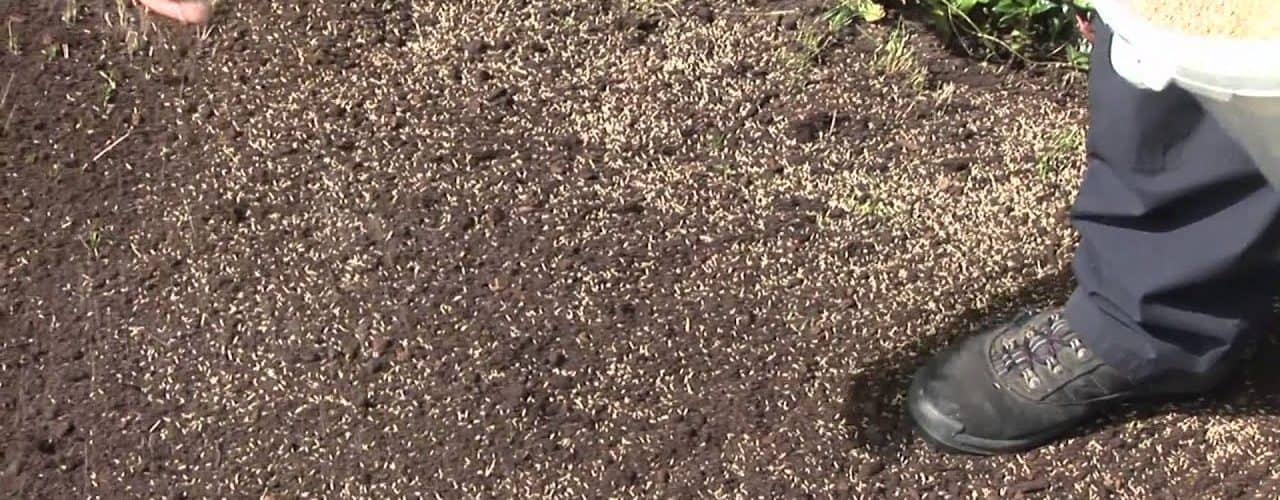Growing grass from seed takes work but is easy to do if steps are followed correctly. This method is much more cost effective compared to transplanting rolls of pre-grown grass and is definitely more rewarding. Here are the necessary steps for healthy successful grass growth from seeds:
1. Select Seed & Prepare Soil
There are many different types of grass seed. It is important to compare the different types of seed available, decide which is most desired and will be able to grow in the climate it will be planted in. Some types of grass are very hardy, while others are a bit more delicate. For example grasses which require large amounts of water are generally better suited for climates receiving more rainfall, rather than desert climates where they would most likely die. Factors such as watering restrictions, maintenance demands, seasons and sunlight exposure all play a major role in the decision process of choosing grass seed. Soil should be tilled thoroughly; if the substance appears to be mostly dirt, it is important to add fertilizer and more soil. For areas already rich in soil with little dirt, adding a fertilizer is also recommended for optimal grass growth.
2. Plant The Seed
Keep in mind that each square inch of soil should have about 4 or 5 grass seeds. It is best to spread the seed by hand to ensure proper coverage. It is important to avoid planting too many seeds in a small space or the grass will be suffocated during growth, making progress slower and less successful. After the seeds have been scattered, they should be watered for just a few minutes until the soil is wet; this will ensure they stay in the soil without blowing away.
3. Protect & Water The Seed
Once the seeds have been planted, it is important to protect the area. Often people may walk across the bed of grass seed without knowing what it is, animals may wander through and feel the need to dig or children will want to play in the new “mud”. It is not necessary to build a proper fence around the grass. Usually it is sufficient to place several wooden stakes around the lawn and run lines of string to each one. Placing a sign notifying others that grass is in the process of growing is not a bad idea to discourage trespassing. Watering is very important in the first several months of the grass growth. About three times per day, the grass should be lightly watered, just as watering a houseplant; it is important to avoid over-watering the new grass. Simply keeping the new grass moist is sufficient. In some climates, when it is necessary to plant seeds before winter, layers of hay may be used to protect the grass by scattering it over the entire area.
4. Wean The Grass From Daily Watering
As the lawn ages and seedlings flourish, it is important to start gradually lowering the watering amounts. Once the grass has sprouted and is about 1 inch in height, watering should be minimized to once per day, then skipping one day often is recommended. Eventually, the goal should be to let the grass go a few days without watering, depending on the type of grass selected. During this process it is crucial to watch the grass and monitor it very carefully; sometimes it is possible to start this process too soon and the grass will droop or change appearance, if this is the case, continue watering daily and wait to cut back. After about a year, the grass should be matured.
Related Posts
- How to Plant Grass Seeds?
- How to Seed a Lawn?
- How to Plant Grass Seed?
- How Long Does it Take for Grass Seed to Germinate?



